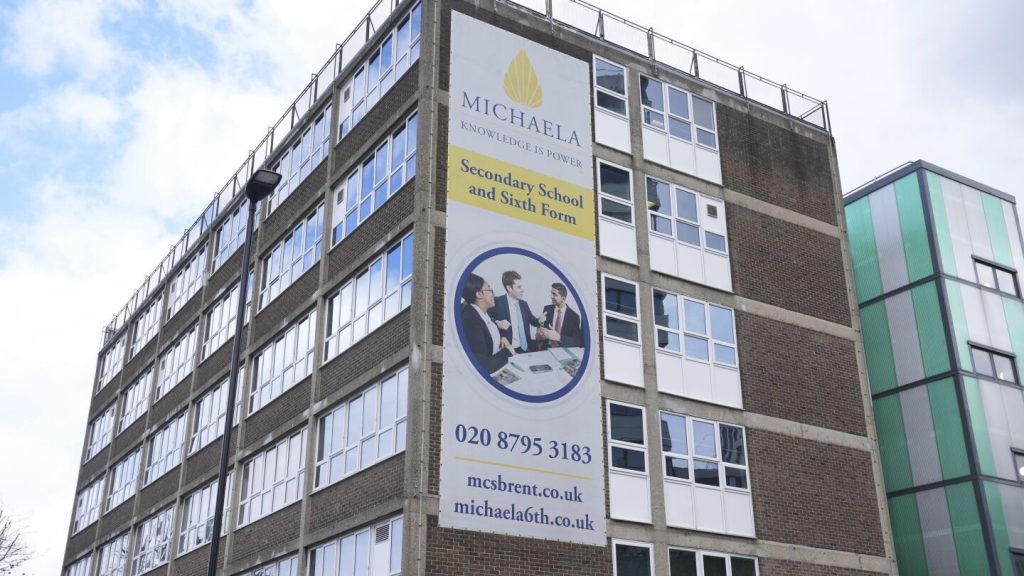A Muslim student in London lost a court fight against her strict school that banned prayer on campus during lunchtime. The High Court judge ruled that the student had accepted the school’s secular nature and strict rules when she enrolled, and therefore, knew prayer was not permitted on campus. The rule banning prayer was put in place after a small group of students caused divisions by praying in the schoolyard, which led to a bomb threat and accusations of Islamophobia against a Black teacher who confronted the students. The school, Michaela Community School, imposes a rigid set of rules and discipline on its diverse student body, half of whom are Muslim.
The Muslim girl, with her mother’s support, sued the school, claiming discrimination that made religious minorities feel alienated from society. She wanted to pray over lunch break during a specific time when one of Islam’s five daily prayer rituals was required due to the height of the sun. The school argued that accommodating prayer during lunch break conflicted with its strict rules and was impractical. The judge ruled that the ban on prayer aimed to promote the school’s ethos of integration among students from different faiths, cultures, and backgrounds, outweighing its impact on Muslim students. The headteacher, Katharine Birbalsingh, hailed the ruling as a victory for all schools and emphasized that schools should not be forced to change their approach based on the preferences of a single student and their parent.
The student and her mother expressed their disappointment with the ruling but maintained that they believed challenging the ban was the right thing to do. The girl stated that even though she lost, she felt she had stayed true to herself and her religion by challenging the policy. The school maintained that its strict rules were essential for maintaining discipline and fostering an environment where students from diverse backgrounds could integrate without social distinctions. The ruling highlighted the challenges schools face in balancing religious freedoms with the need to uphold a cohesive environment for all students. Overall, the case sparked debate around the intersection of religious freedom, school rules, and integration in a diverse society.


